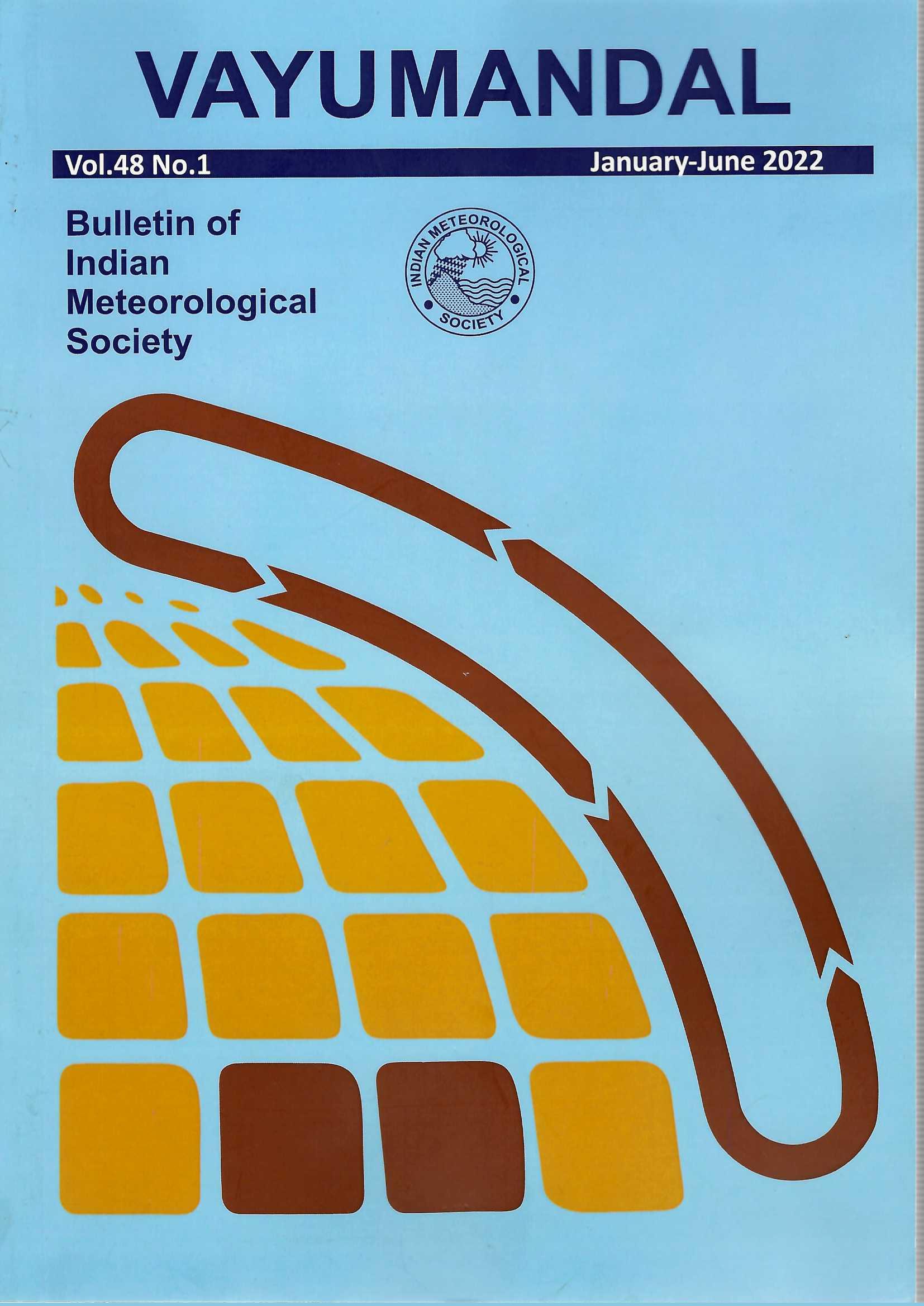Role of ENSO and IOD in the Indian Summer Monsoon Variability: A Review
Abstract
The Indian Summer Monsoon Rainfall (ISMR) has contributed almost 75.3% to the annual rainfall during 1901-2020 and is considered as the lifeline of India for a sustainable agriculture and economy. ISMR exhibits significant spatial and temporal variability in the form intra-seasonal, seasonal, interannual and biennial oscillations. In the present study, we have used gridded Indian Meteorological Department (IMD) rainfall data from 1901 to 2020 with 0.250x0.250 resolution and have focused on ISMR variability due to coupled ocean atmosphere processes in the Indian and Pacific oceans. As proxies of these coupled ocean atmosphere processes, we consider the role of ENSO and IOD on ISMR. Although several studies were carried out on these aspects during the last two and half decades, the present study is different from other and aims to examine the ISMR variability during 1901-2020 over All India (AI) and different homogeneous zones (NEI, NWI, CI and SPI) under El Nino, La Nina, +ve and -ve IOD (without any co-occurrence) and with co-occurrence of El Nino with +ve IOD and La Nina with –ve IOD. Considering the changing relationship of ISMR with ENSO and IOD, this study also focuses on regional ISMR variability due to various ENSO-IOD conditions.
Copyright (c) 2022 Vayumandal

This work is licensed under a Creative Commons Attribution-NonCommercial 4.0 International License.
All articles published by VAYUMANDAL are licensed under the Creative Commons Attribution 4.0 International License. This permits anyone.
Anyone is free:
- To Share - to copy, distribute and transmit the work
- To Remix - to adapt the work.
Under the following conditions:
- Share - copy and redistribute the material in any medium or format
- Adapt - remix, transform, and build upon the material for any purpose, even
commercially.


